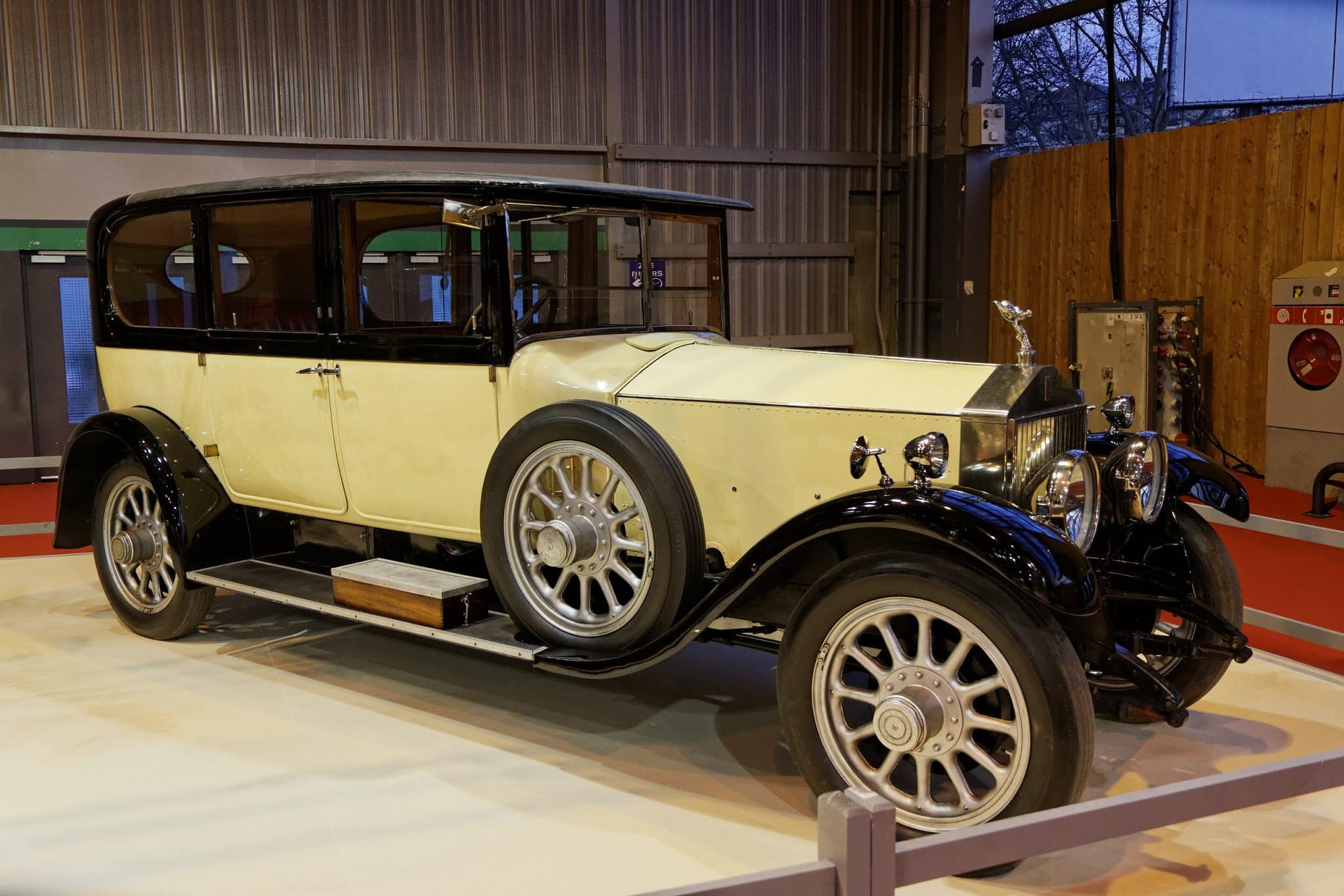History Of Rolls Royce Phantom
16/07/2024
Rolls Royce Phantom I
The Rolls Royce phantom was introduced in 1925. It was designed for the rich and famous and was not used for cars for a wedding.
Name Change
Introduced in 1925, the New Phantom was Rolls-Royce’s second 40/50 hp model. To distinguish it from the earlier 40/50 hp models, Rolls-Royce named the new model “New Phantom” and renamed the old model “Silver Ghost,”. A name originally given to their demonstration vehicle, Registration No. AX201. The name Phantom acknowledged the “extraordinary stealth” and quietness of the Silver Ghost in comparison to other cars of the era. When the New Phantom was replaced by another 40/50 hp model in 1929. The successor was named Phantom II, and the New Phantom has since been commonly referred to as Phantom I. Although Rolls-Royce did not officially use the term “Phantom I” until their recent acquisition by BMW Group. The New Phantom has been called Phantom I by enthusiasts, concours events, and owner’s clubs since that period also used as cars for a wedding.
A significant improvement over the Silver Ghost was the introduction of a new pushrod-OHV straight-6 engine. This engine, comprising two groups of three cylinders with a single detachable head, was described by Rolls-Royce as producing “sufficient” power. It featured a bore of 4¼ inches (108.0 mm) and an undersquare stroke of 5½ inches (139.7 mm), resulting in a total displacement of 7.7 litres (7,668 cc or 467.9 cu in). In 1928, the cylinder heads were upgraded from cast iron to aluminium, though this caused corrosion issues. The separate gearbox was connected to the clutch via a rubberized fabric flexible coupling and then linked through a torque tube-enclosed drive to the rear differential, similar to the Silver Ghost.
Chassis Manufacturing – Cars For A Wedding
Rolls-Royce only manufactured the chassis and mechanical components for the New Phantom, leaving the body to be crafted and fitted by coachbuilders selected by the owner. Notable British coachbuilders included Barker, Park Ward, Windovers, Thrupp & Maberly, Mulliner, and Hooper. Continental coachbuilders such as Saoutchik, Henry Binder, and Kellner in Paris, Erdmann and Rossi in Berlin, Baltasar Fiol in Spain, Nordberg in Sweden, and the Italian Zagato also produced bodies for the New Phantom. Despite the availability of a U.S.-built chassis, some British-made Phantoms were fitted with American coachwork.
In America, Phantoms could be purchased with standardised bodies from Brewster & Co., which Rolls-Royce owned after 1926. Additional coachwork options were available from Fleetwood. Buyers could choose from several styles chassis at a cost of $13,335 (equivalent to $236,619 in 2023 dollars). A fendered chassis was also offered. Along with various coachwork choices named after English cities, including the Derby Touring Sedan, Ascot Phaeton and various others. A convertible sedan with coachwork from Hibbard & Darrin was another option.Along with other French-made bodies by the same coach builder. These were shipped to the United States and mounted on Springfield Phantom chassis.
One of the best examples of a Rolls-Royce Phantom. It is valued at over £300,000 and were not used as cars for weddings.
Next Post: Choosing a Vintage Car or a Modern Car for your Wedding day
have a look at our Vintage Rolls Royce















